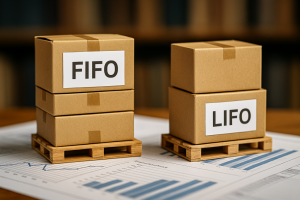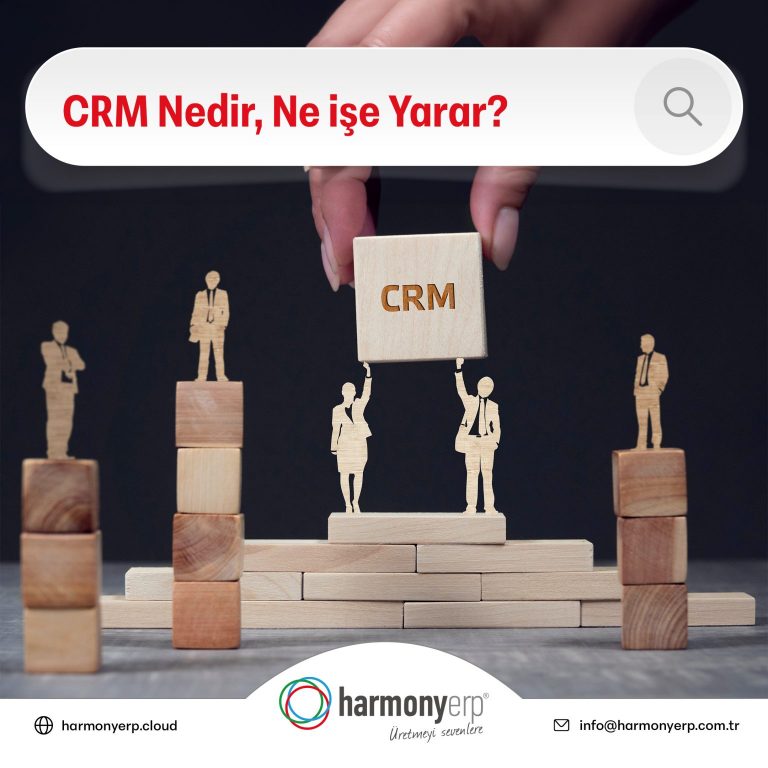What Is a Letter of Guarantee? A Key Tool in Corporate Risk Management

In many business sectors—especially construction, international trade, and public procurement—financial trust is just as critical as operational capability. One of the most widely used financial tools to build that trust is the Letter of Guarantee (LoG). This legal document offers assurance that a party will fulfill its financial or contractual obligations, and provides a safety net for the receiving party.
Let’s explore what a Letter of Guarantee is, when it’s used, and why it’s essential for minimizing risk in business operations.
Definition of a Letter of Guarantee
A Letter of Guarantee is a financial instrument issued by a bank or financial institution, assuring a third party (usually the beneficiary) that the issuer (typically a contractor or supplier) will fulfill a certain obligation. If the obligation is not met, the beneficiary can claim compensation from the bank.
Think of it as a formal promise backed by a financial institution. It serves as protection against financial loss resulting from non-performance or breach of contract.
Key Characteristics
- Issuer: Typically a bank or approved financial institution
- Applicant: The company or individual requesting the LoG
- Beneficiary: The party that receives the guarantee (e.g., buyer, employer, government)
- Validity Period: Clearly stated and enforceable within a specific time frame
- Irrevocability: Most LoGs are irrevocable and cannot be canceled unilaterally
Common Types of Letters of Guarantee
- Bid Bond (Tender Guarantee)
Ensures that the bidder will enter into a contract if selected and provide required performance guarantees. - Performance Bond
Guarantees that the contractor will fulfill all terms of the contract, including quality and timeline. - Advance Payment Guarantee
Ensures repayment of any advance payments if the service or goods are not delivered. - Customs Guarantee
Used to guarantee payment of customs duties or taxes for temporary imports or transit operations.
When Is a Letter of Guarantee Used?
- Government tenders or public procurement
- Construction and infrastructure projects
- Large-scale equipment or raw material purchases
- International trade transactions
- Supplier contracts with extended delivery or service terms
In these scenarios, LoGs minimize risk for both buyers and project owners, making them a standard requirement in high-value or long-term contracts.
Benefits of Using a Letter of Guarantee
- Builds Trust: Demonstrates financial credibility
- Reduces Risk: Offers a safety net against default or fraud
- Improves Bidding Success: Often a requirement in tenders
- Strengthens Business Relationships: Shows commitment and reliability
- Supports International Operations: Facilitates transactions across borders
How ERP Systems Help Manage Guarantees
Keeping track of multiple LoGs, their amounts, validity periods, and associated contracts can be complex. A modern accounting and finance module helps you:
- Record and track guarantee details
- Monitor expiration and renewal dates
- Connect each guarantee to projects or transactions
- Generate alerts for upcoming actions
- Ensure compliance and documentation traceability
Integrated financial tools allow businesses to centralize guarantee management and avoid costly oversights.







